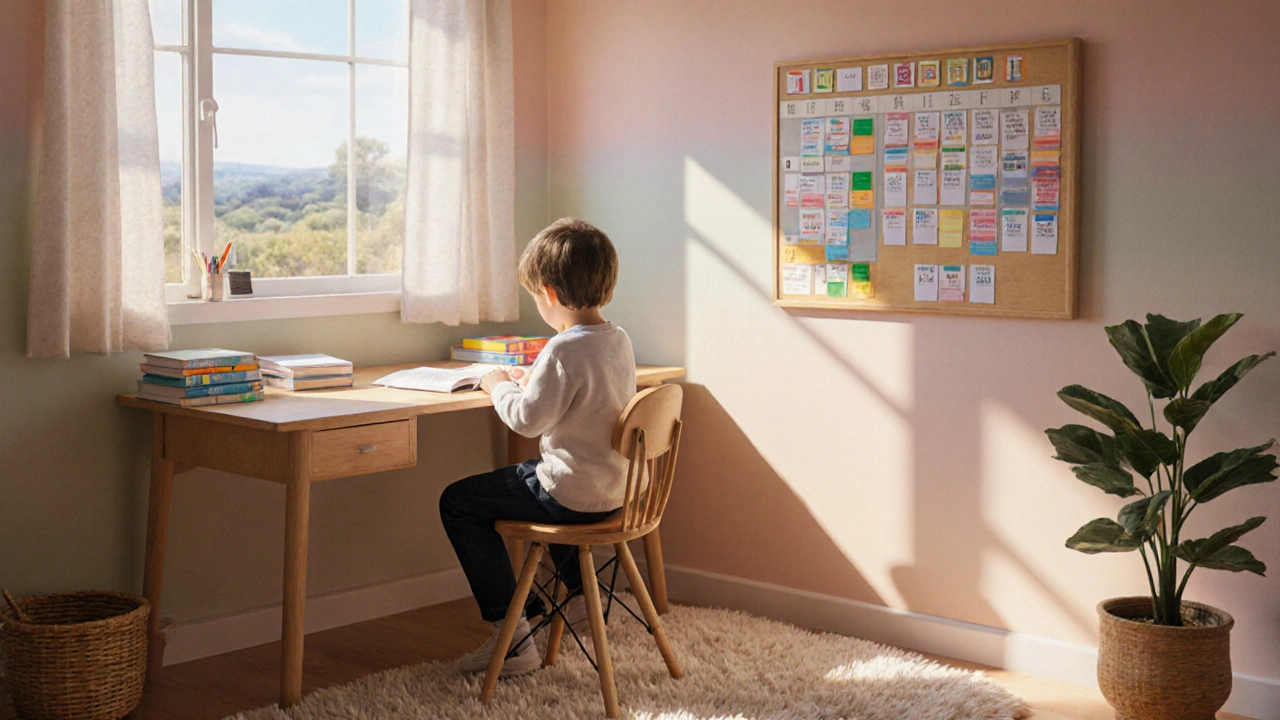Homeschooling ADHD: Practical Strategies for Success
Homeschooling ADHD, a personalized education approach designed for children with Attention‑Deficit/Hyperactivity Disorder. Also known as ADHD home‑learning, it helps families build structured, flexible, and supportive learning environments. ADHD, a neurodevelopmental condition marked by inattention, hyperactivity, and impulsivity. Executive function, the set of mental skills that manage planning, organizing, and self‑control. Sensory processing, how the brain interprets and reacts to sensory input such as sound, light, and touch. When you bring together homeschooling ADHD with these concepts, three clear connections emerge: Homeschooling ADHD encompasses individualized curriculum design, it requires executive function coaching, and sensory processing influences the home learning environment. Families that align teaching methods with a child’s neuro‑profile often see reduced frustration and higher engagement.
Key Areas to Focus On
First, a visual schedule acts like a roadmap. By breaking the day into short, timed blocks, you give the child clear expectations and minimize the “what’s next?” anxiety that fuels distractibility. Pair the schedule with color‑coded cues for subjects, breaks, and physical activities – this taps into visual memory and eases executive load. Second, create a sensory‑friendly workspace. Soft lighting, noise‑reducing headphones, and a clutter‑free desk cut down on overstimulation. Research from UK child‑development clinics shows that children with ADHD who can adjust sensory input report a 20‑30% boost in task completion. Third, embed movement. Short “brain‑break” routines – jumping jacks, stretching, or a quick walk – reset dopamine levels, which are often low in ADHD brains. When movement is scheduled consistently, it becomes a cue for refocusing rather than a distraction. Fourth, use assistive tech wisely. Apps that support visual timers, task checklists, or spoken instructions can scaffold executive function without taking over the learning process. Choose tools that let the child customize alerts; autonomy reinforces self‑regulation. Finally, involve the whole family. Parent‑led coaching sessions on goal‑setting, reward systems, and reflective debriefs turn the home into a learning community. When siblings and caregivers share responsibilities, the child sees learning as a shared adventure rather than an isolated chore.
The articles below dive deeper into each of these pillars. You’ll find step‑by‑step guides on building visual schedules, real‑world examples of sensory‑friendly setups, and evidence‑backed techniques for strengthening executive function at home. Whether you’re just starting out or looking to fine‑tune an existing routine, the collection offers actionable insights you can try today.

Is Homeschooling Better for Kids with ADHD?
- by Eliza Fairweather
- on 19 Oct 2025
Explore whether homeschooling suits children with ADHD, covering benefits, challenges, setup steps, resources, and a detailed comparison to traditional schools.
